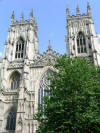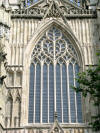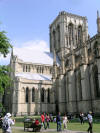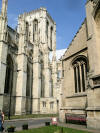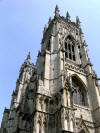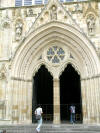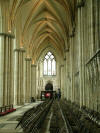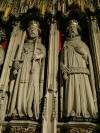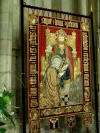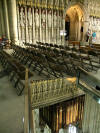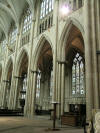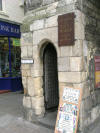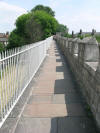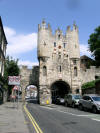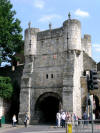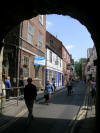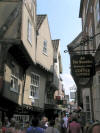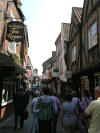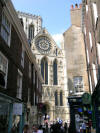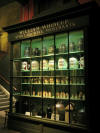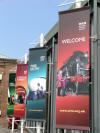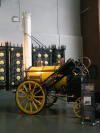Round The World and other travels
A frequent flyer's collection of trip diaries
June 2010: York
I first visited York in the early 1980s and immediately decided that I loved the place. Also variously called Eboracum, Eoforwick and Jorvik since it was founded in 71AD, the city has retained a rich historical, ecclesiastical and cultural heritage that I found enthralling, and I returned several times over the next fifteen years or so. In 2010, however, it occurred to me that well over a decade had elapsed since my last visit - clearly something had to be done about this! Most appropriately, but for the first time, I made my latest visit by train.
The Minster
Without a doubt, the most imposing building in York and its single greatest attraction is the Minster, a stunning Gothic masterpiece of ecclesiastical architecture. During my visit, I heard several people asking why it's called a Minster; apparently the answer is that it was originally founded as a church with a strong focus on missionary work. The title should not obscure the fact that it is, of course, a cathedral; as seat of the Archbishop of York, it is the focal point of the Church of England's northern province. For visitors, the Minster's notable features are too many to list here, but certainly include the stained glass, choir stalls, Chapter House and astronomical clock.
Walking the Walls
Although not as complete as Chester's, York's surviving medieval walls are an impressive sight and walking them is a popular pastime for tourists. You need to have your wits about you in York: each city gate is called a Bar, while the word gate (see below) means something quite different.
City Centre streets
The old city centre within the walls is, at least in part, a rabbit's warren of narrow medieval streets with unlikely sounding names and improbably crooked buildings, often housing quaint little shops and tea rooms. The Viking influence is immediately apparent in that most streets have names ending in gate.
Castle District
The site of the former York Castle
now contains an interesting museum showing the progress of domestic
life over the course of the years. Somewhat disconcertingly, one or
two of
the displays related to periods within my own lifetime and included
artefacts that were instantly recognisable from my own childhood!
![]()
